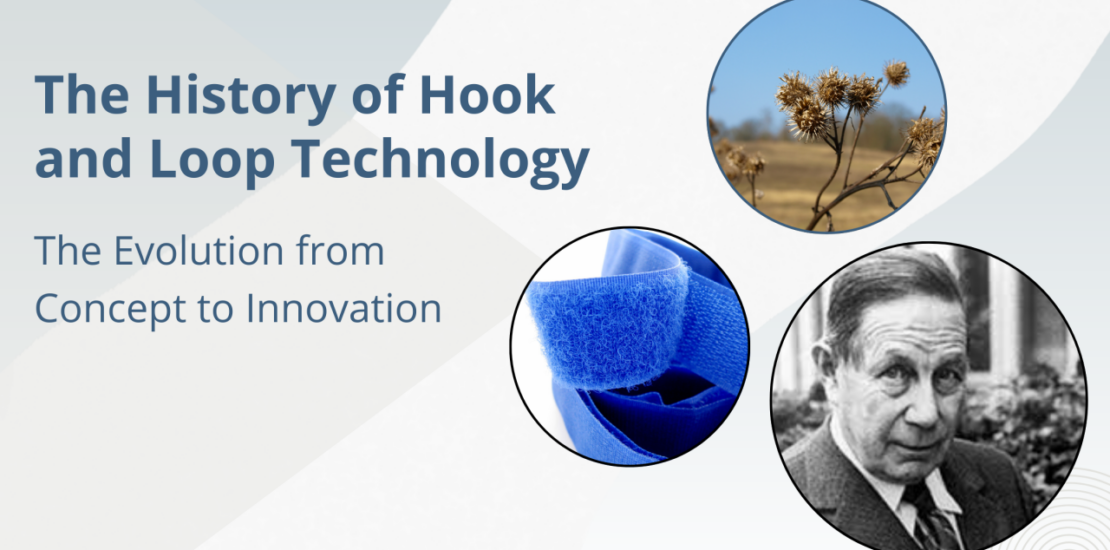The Journey of Hook and Loop Fasteners
- March 26, 2025
- Posted by: susheel
- Category: Uncategorized

One of the most revolutionary fastening innovations of the 20th century was inspired by nature itself. In 1941, Swiss engineer George de Mestral noticed burrs clinging to his dog’s fur during a hike in the Alps. Instead of brushing them away, he examined them under a microscope. He discovered tiny hooks that latched onto loops—a natural mechanism that sparked the idea for hook and loop fasteners.
Turning this observation into a functional product was no easy feat. After years of experimentation, George found that nylon provided the ideal strength and flexibility to replicate the hook and loop structure. In 1955, he patented his invention under the name Velcro—a combination of the French words “velours” (velvet) and “crochet” (hook).
Initially met with skepticism, hook and loop fasteners gained recognition when NASA adopted them for space missions in the 1960s. Their practicality in zero-gravity environments led to widespread adoption across industries, from aerospace and healthcare to fashion and sports.
What started as a simple hike led to a game-changing invention, proving that the smallest details in nature can inspire innovations that transform the world.
Expansion into Various Industries (1990s-2000s)
During the 1990s and 2000s, hook and loop fasteners began to expand across a range of industries, including automotive, medical, and textile manufacturing. Their ability to secure items while allowing for easy adjustments made them crucial in applications such as medical braces, automotive interiors, and specialized garments. Demand for hook and loop fasteners continued to rise, driven by their growing importance in different sectors.
The Evolution of Hook and Loop Technology
Since its inception, Hook and Loop has evolved to meet the changing demands of modern industries. Beyond its basic design, innovations have led to the creation of fasteners made with advanced materials tailored for specific purposes. In healthcare, for example, Hook and Loop systems are now used in prosthetics, improving both functionality and comfort for patients.
The sports industry has also embraced this technology for its convenience and durability, using it in equipment, footwear, and protective gear.
In recent years, eco-friendly alternatives have emerged, reflecting the growing emphasis on sustainability. Innovations like biodegradable fasteners are paving the way for the future of hook and loop technology, ensuring its relevance in a rapidly evolving world.
Conclusion
From a curious observation in nature to a globally recognised innovation, Hook and Loop technology showcases human creativity at its best. Often taken for granted, it plays a crucial role in enhancing convenience, safety, and efficiency across industries, homes, and even space exploration. It is worth pausing to appreciate this small and ingenious invention that reminds us of the boundless possibilities of human creativity in shaping our lives and driving progress.
As one of the leading Hook and Loop manufacturers and exporters in India since 1994, Sky Industries Ltd. has earned a reputation as a trusted supplier in the industry. Our dedication to quality and innovation has helped us extend our reach to multiple countries like the USA, UK, Germany, Sweden, Turkey and Sri Lanka, to name a few. Want to know more about our Hook and Loop products? Visit our website.

